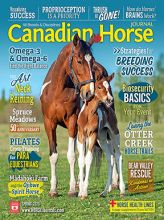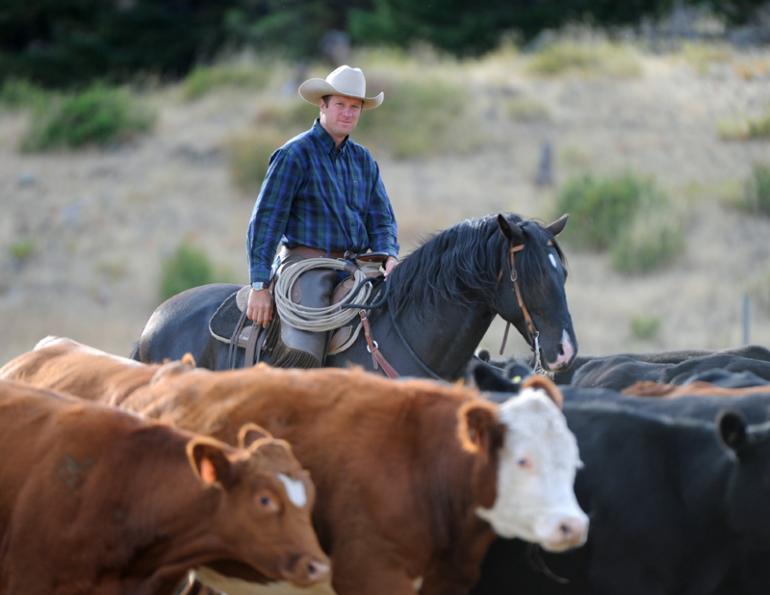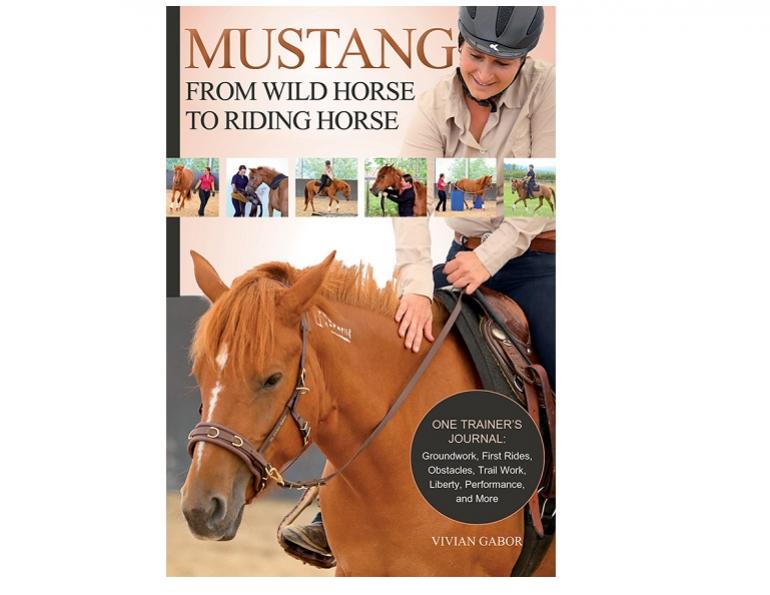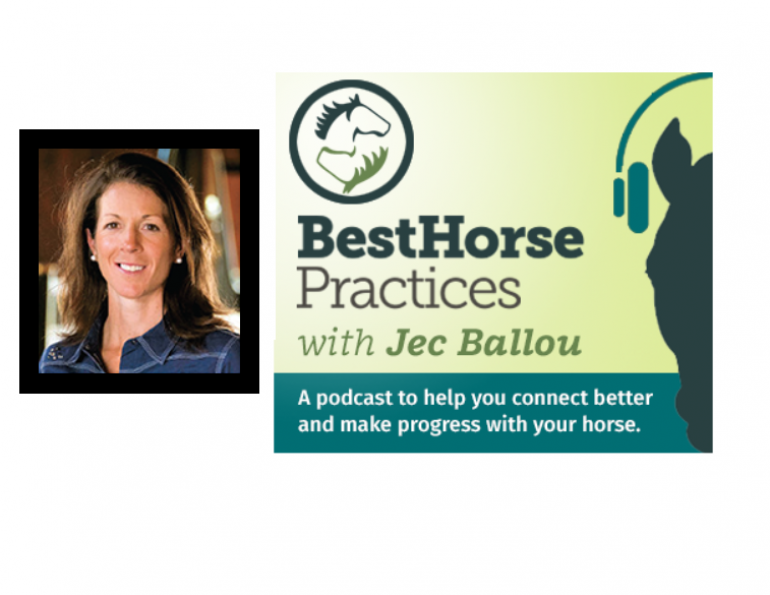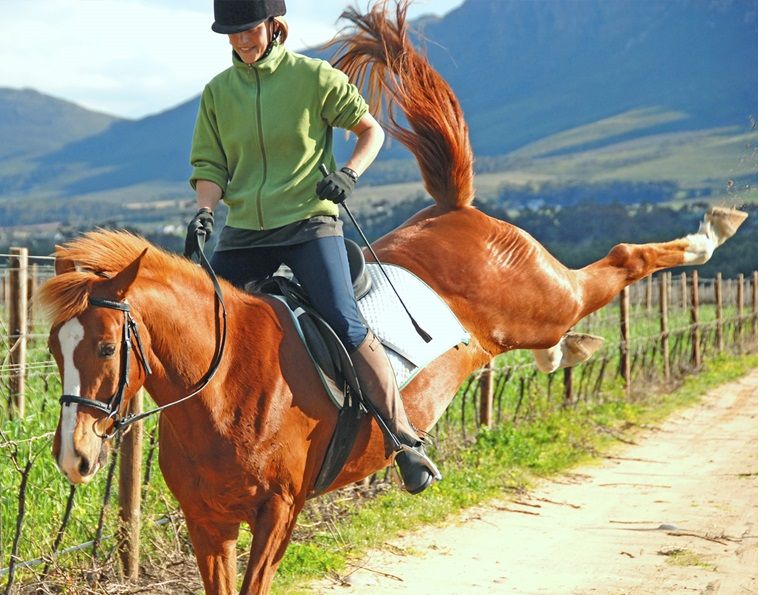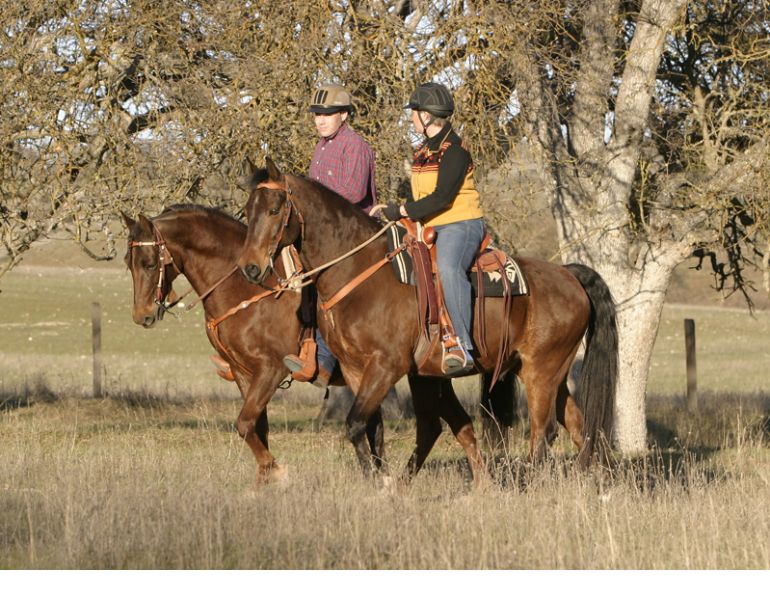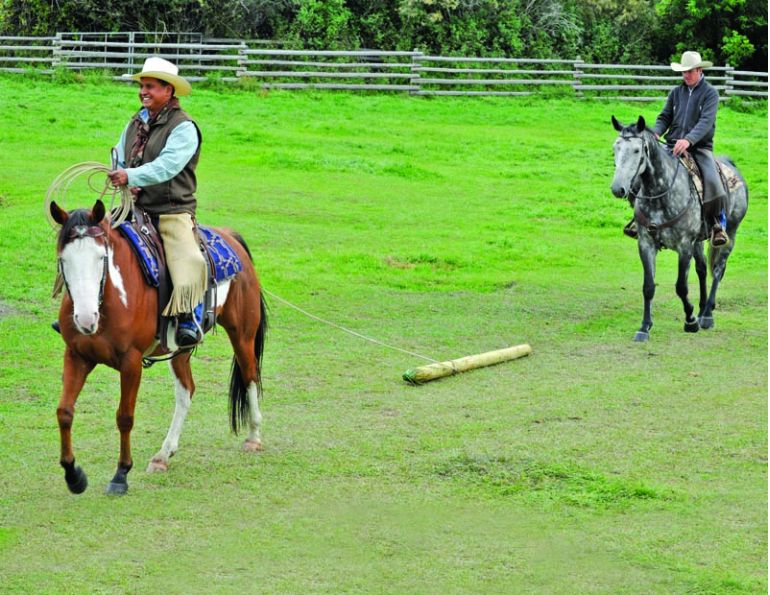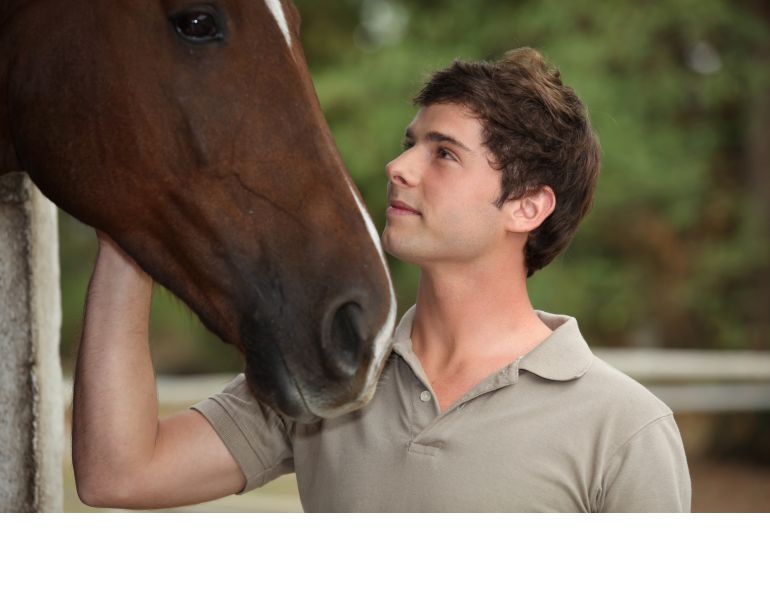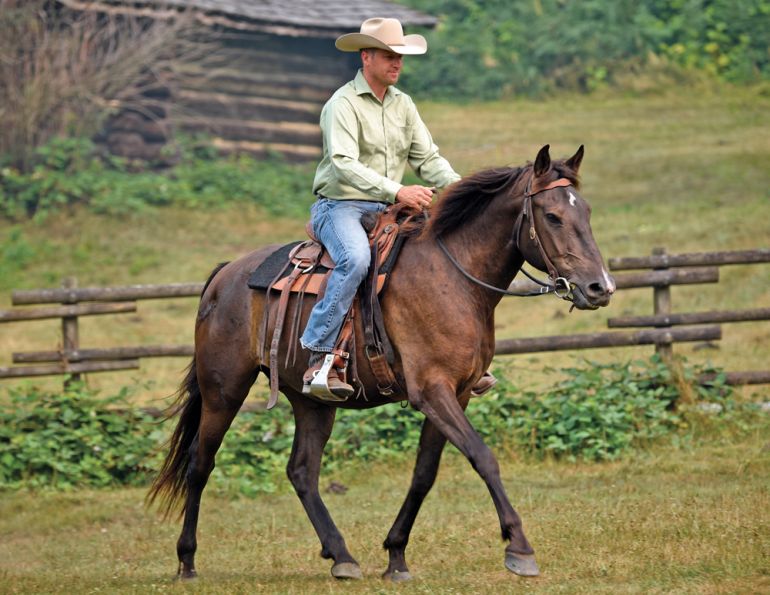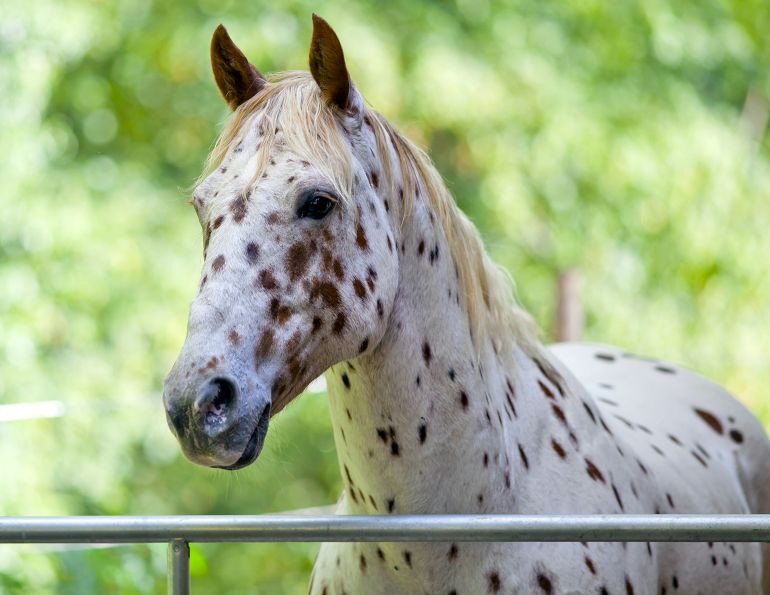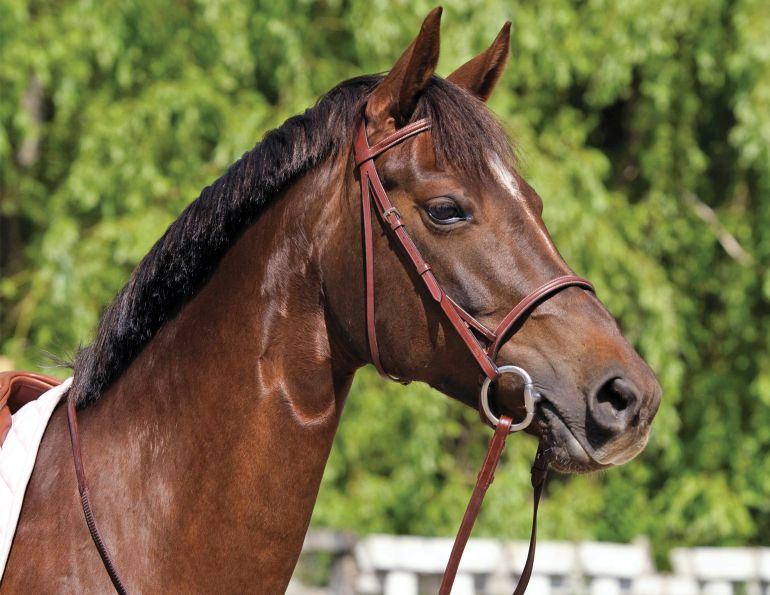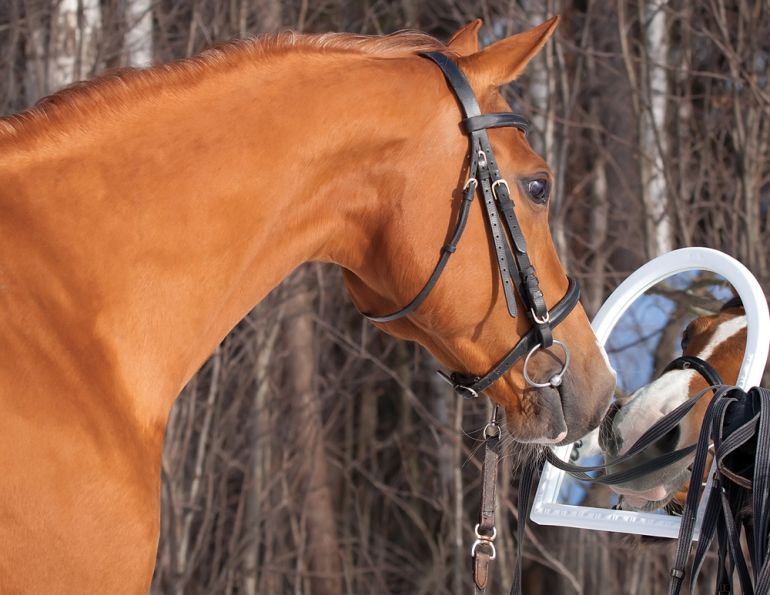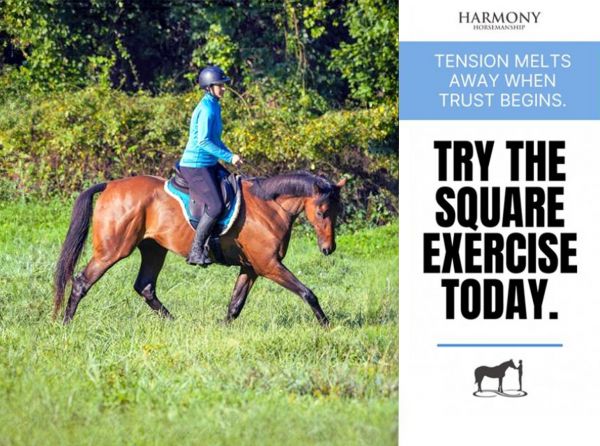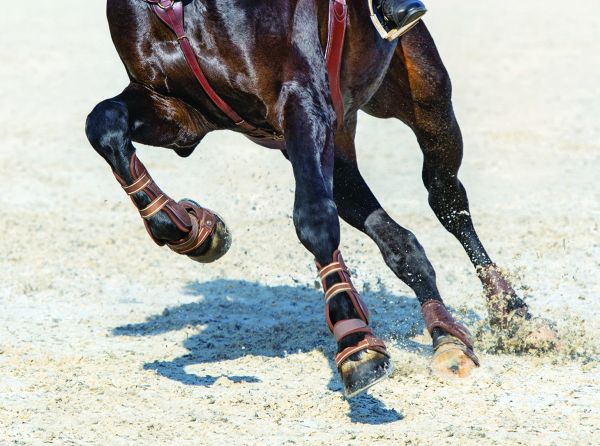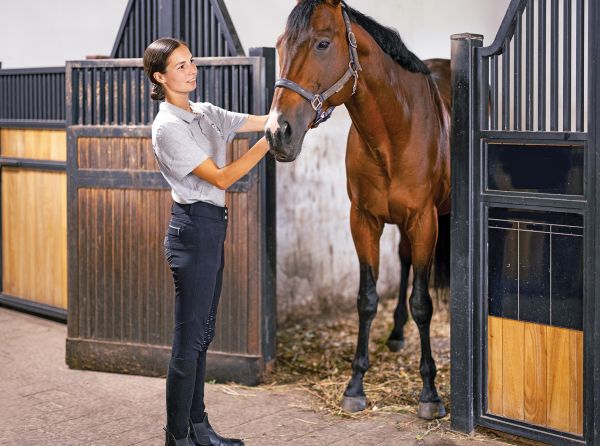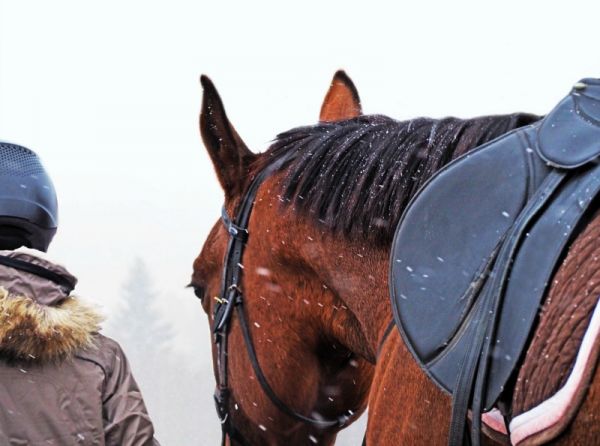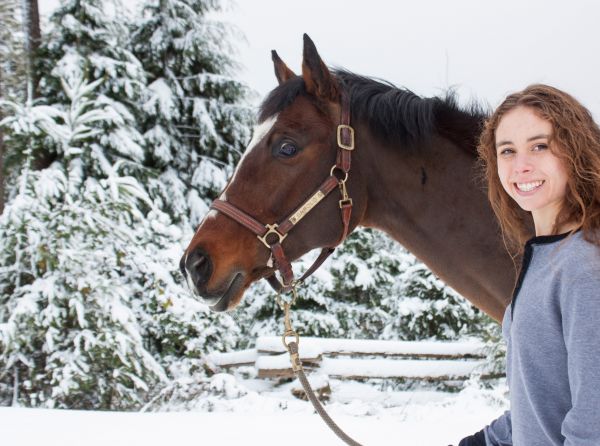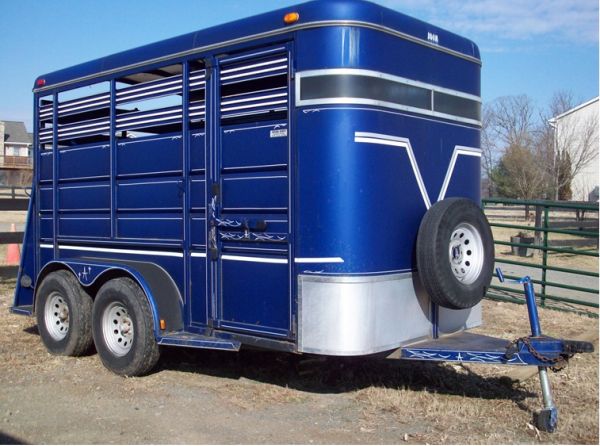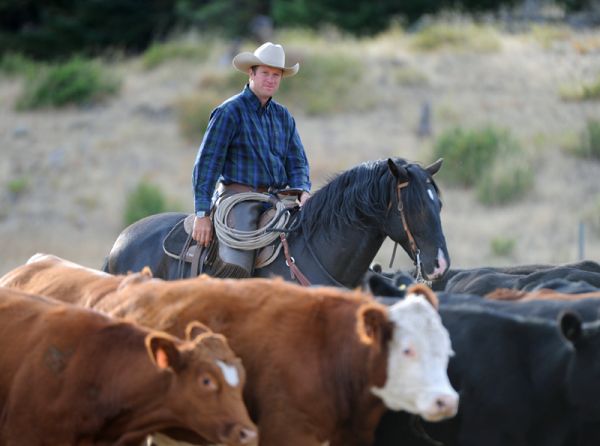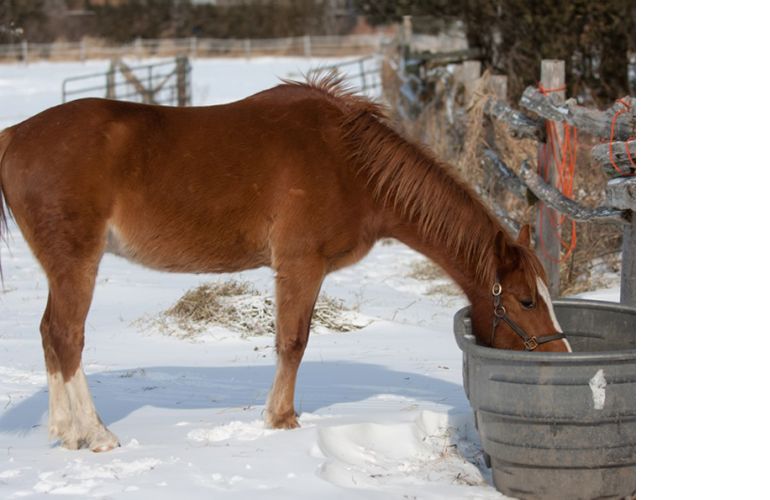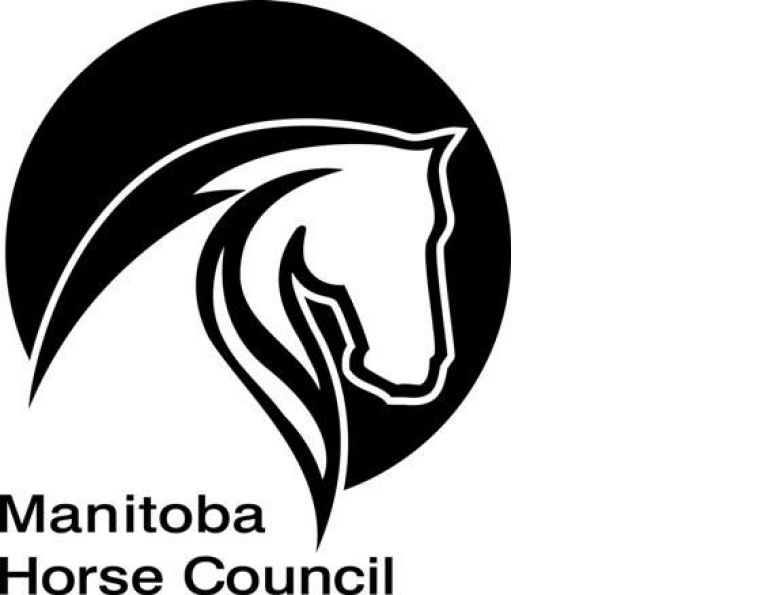By Jonathan Field
Each year, I host a unique and transformative event with one simple idea: variety creates purpose. Purpose camp at James Creek Ranch introduces diverse experiences into our horses’ training keeps them engaged, confident, and willing to learn. Repetitive drills can lead to sour attitudes, but when exercises have meaning, both horse and rider benefit.
What Makes Purpose Camp Special?
At Purpose Camp, we expose horses to a wide range of challenges—from cow work and trail obstacles to dressage patterns and cross-country courses. By incorporating this kind of variety, we prepare horses for real-world situations, ensuring they develop the skills and confidence to handle the unexpected.
Out on the trail, in the arena, or at a competition, you never know what might spook a horse—a rock, a plastic bag, or even a barking dog. Purpose Camp helps riders proactively build trust and leadership, so when surprises arise, the horse looks to their rider for guidance instead of reacting with fear.
Why Purpose Matters in Horse Training
A well-rounded horse is a confident horse. By setting up controlled situations that encourage problem-solving, we give our horses the tools they need to stay calm and focused, whether they’re on a quiet trail ride or in the midst of a high-energy event. Purpose-driven training strengthens the horse-rider bond and makes every ride more enjoyable—for both partners.
If you’re looking for a way to improve your horse’s confidence, strengthen your partnership, and add excitement to your training, Purpose Camp at James Creek Ranch is the perfect opportunity!Related: How to Support Your Horse Through Change
Following are a few exercises we have used to add purpose and variety at Purpose Camp. Try them with your horse, and then use your imagination to come up with new ways to add variety, purpose, and fun to your horse time.
Exercise #1: One Step at a Time
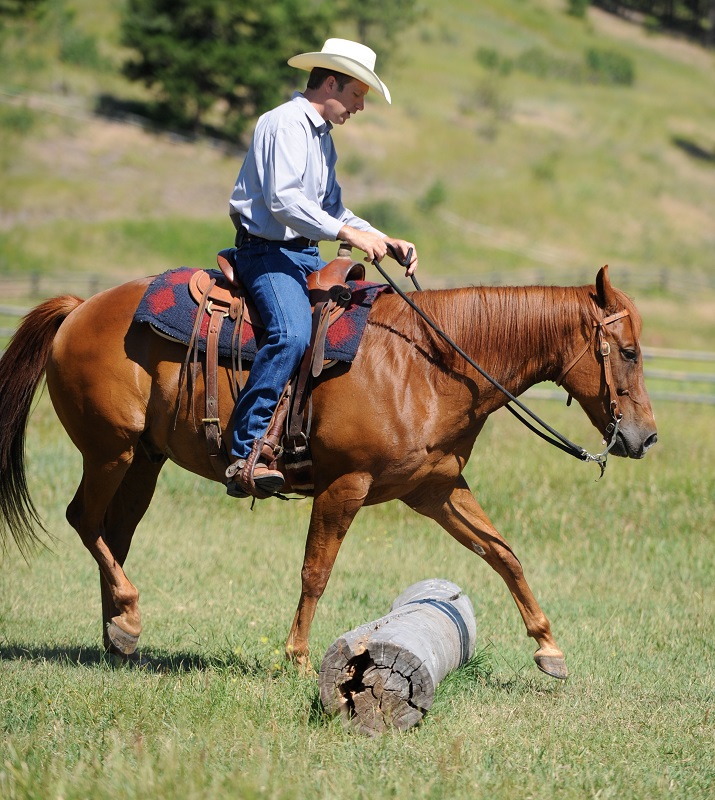
Some horses get quite worried when they are crossing over logs on the trail and want to jump or burst over the log. One of the reasons horses often do this is because they can be worried about the log touching their legs, especially when they are straddling it.
A great exercise I always do with my horses is to see if they can take one step over the log and stop, so they are halted with just one front leg over the log. Then I ask them to take one more step and halt so the log is between their front and back legs, then between their back legs, and so on until they can stop at any point over the log, and even back up.
This exercise is great for improving your technical skills because you have to focus on the exact placement of your horse’s legs. At the same time, your horse learns to wait even when things around him – whether a log, a bush, or anything else – might be close to touching his legs.
Related: Despooking the Trail Horse
Exercise #2: Cone on a Barrel
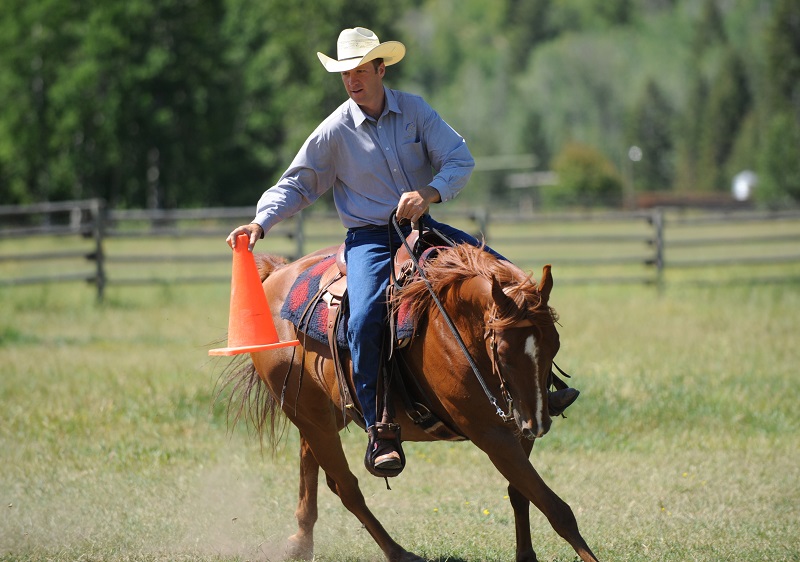
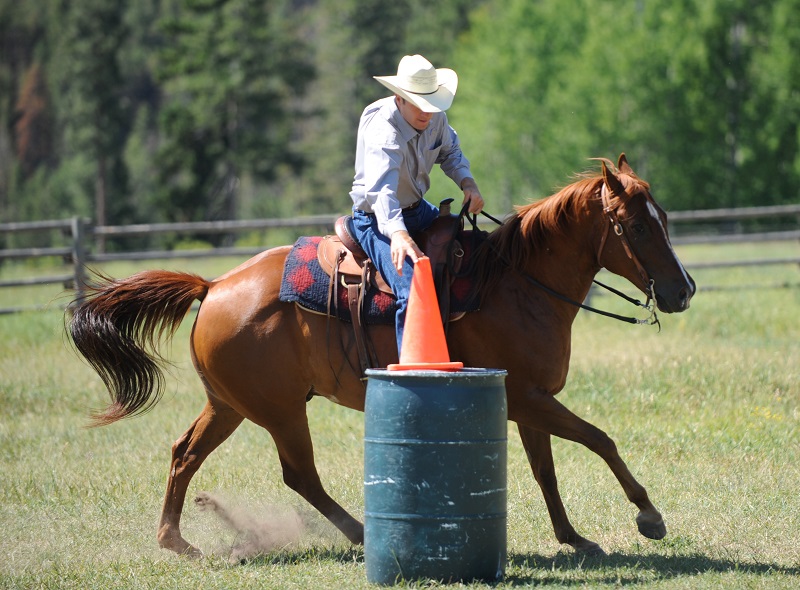
This is a fun, simple exercise with a lot of purpose. While riding, see if you can place a cone on a barrel and if you can retrieve the cone from the barrel. Then try picking the cone up, circling around, and putting it back on. Pick up and drop off the cone at the walk, at the trot, and at the canter. Finally, do laps so that you pick the cone up, do a lap, drop off the cone, do another lap, and so on.
This is a great exercise to build balance because it gets you leaning out of position toward the barrel. It also makes you really focus on riding an exact path that will get you close enough to the barrel to drop off the cone without running into it. The horse learns to really pay attention to you, and this builds his confidence in you and objects moving around on his back.
Exercise #3: Through Scary Objects
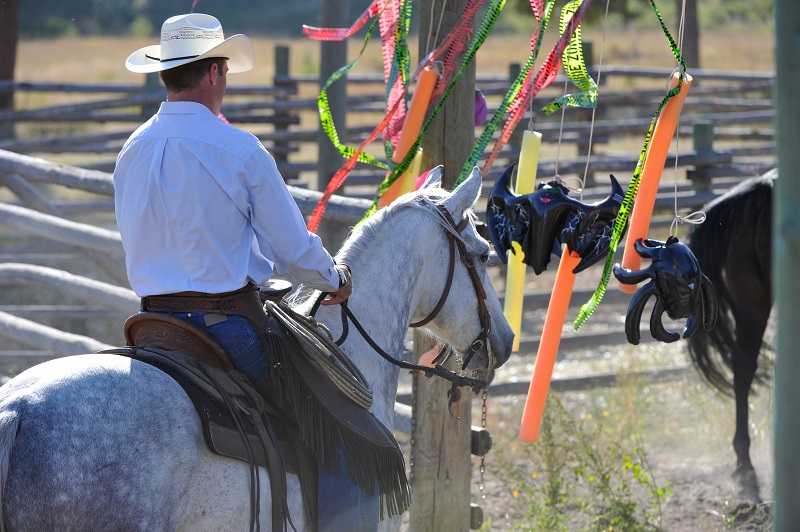
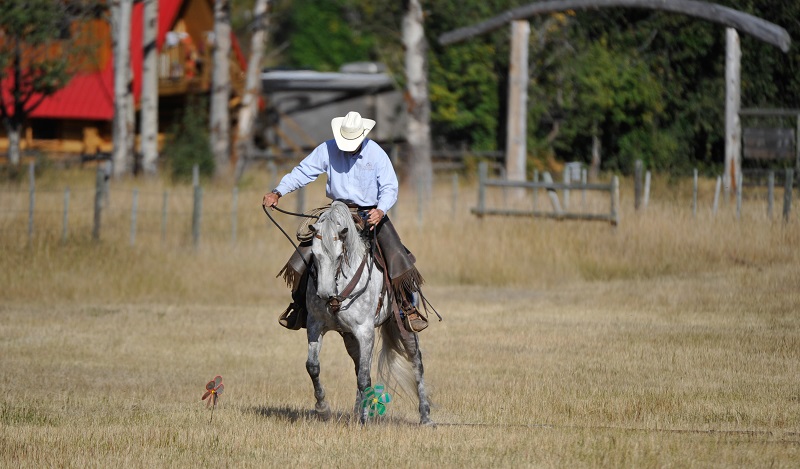
This exercise is less about purpose and more about desensitization and confidence building. The idea is to get your horse used to strange things he wouldn’t normally experience and have him walk through the objects calmly. At Purpose Camp, we stuck two coloured fans in the ground for the horses to walk between, and we also made a scary gate with coloured streamers and balloons that the horses had to walk under. Photos: Robin Duncan Photography
I took Jack, one of my ranch horses, through these exercises. Seeing all the objects in the gate was a really big deal for him. But what surprised me the most was that, after making it through the gate, Jack was even more nervous about the two tiny spinning fans on the ground — it never even occurred to me that the fans would be an issue. It took me approximately 30 minutes to get Jack to walk through the two fans calmly and quietly, without any tension. The method I used was approach and retreat, asking Jack to move a bit closer each time, then backing away, and then moving closer again. Each time we would back up he would be a bit more confident to take a step forward the next time.
When I present my horse with challenges and obstacles like these, I make sure I’m in the mindset to build confidence in my horse as we complete them. That is why I came back to the fans many times over the half hour with Jack. For me, it was not about the fans, but about building his confidence so that he could trust me when he might be leery of something. Our mindset is key. Go into challenges like these with a mindset that recognizes that it is not about the obstacle itself. There will be plenty of situations where the purpose will be real and there won’t be extra time, and that is why it is important to set up these situations when there is time. Creating artificial situations is a special time I dedicate to each horse to build him up, so that when it is “for real,” he will be ready to say: “Yes, sir! How fast?”
Thanks for reading and Stay Inspired by Horses!
Related: Finding Solutions to Equine Behavioural Issues
Related: Controlling Emotions in Horse Training
All photos in this article by Robin Duncan Photography
Main photo: Working with cows is a fantastic way to add purpose and build confidence in your horse.


